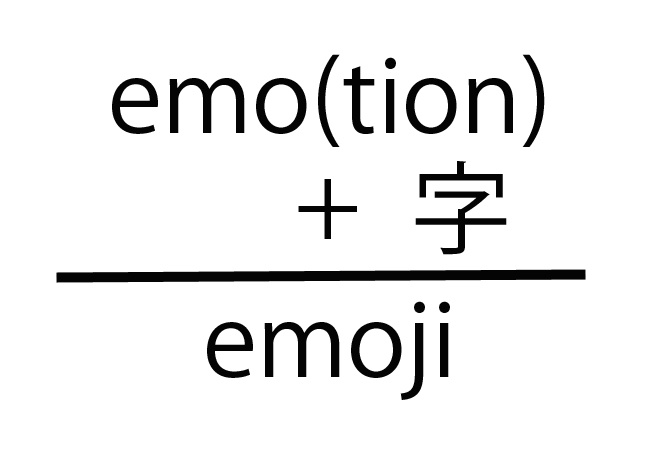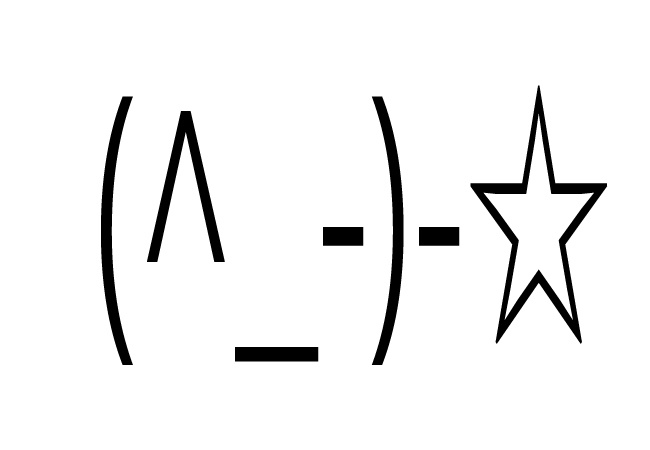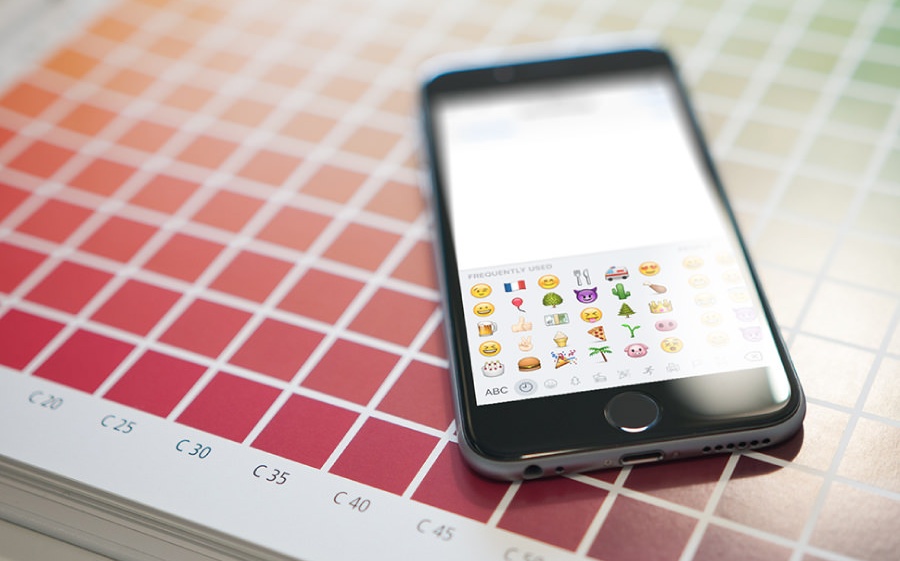Emoji: An Origin Story
We all know emoji as those convenient little pictures that punctuate our tweets and emails letting people know when we’re being sarcastic or facetious. They’re a slicker, modern version of those crude emoticons constructed from preexisting keyboard characters like ;) to express happiness.
By SoraNews24
http://en.rocketnews24.com/2017/06/25/japan-would-like-to-remind-you-that-emoji-has-nothing-to-do-with-emotion/
The similarities between emoticons and emoji would certainly suggest the names are simply variations of one another. As we all know “emoticon” is just a portmanteau of “emotion” and “icon.” So with emoji being an invention of Shigetaka Kurita working with NTT DoCoMo we could assume that “emoji” is a similar portmanteau of “emotion” and the Japanese word for written character “ji” (字).

http://en.rocketnews24.com/2017/06/25/japan-would-like-to-remind-you-that-emoji-has-nothing-to-do-with-emotion/
The way “ji” works is as a suffix with the opening part explaining what type of character it is. For example, “kan” which refers to China and “ji” make “kanji” or “Chinese characters” and “su” meaning “count” and “ji” make “suji” meaning “number.” So it’s not a stretch to assume “emoji” follows the same logic but with a slight English twist.

http://en.rocketnews24.com/2017/06/25/japan-would-like-to-remind-you-that-emoji-has-nothing-to-do-with-emotion/
However, one more example would be “moji” which simply means “word.” Now, if we slap on the Japanese word for picture, “e” (pronounced “eh”), we get “emoji” or “picture word.”

http://en.rocketnews24.com/2017/06/25/japan-would-like-to-remind-you-that-emoji-has-nothing-to-do-with-emotion/
Some also figured that rather than a pure coincidence, there was an intentional effort to make the word similar to “emoticon.” It’s possible, but emoticons weren’t used in Japan very much. Instead, kaomoji (顔文字) —where “kao” means “face,” hence “face words”—were the preferred digital smileys.
As for the true meaning of “emoji,” the lack of “emotion” being a part of it makes perfect sense, considering facial expressions only make up a fraction of the entire emoji catalog.
Related Stories:
The emoji you send actually say a lot about you
Japan’s net users are confused and creeped out by Skype’s new “dancing turkey” emoticon
Forget your paints and pencils! Emojis are the best new art medium!




